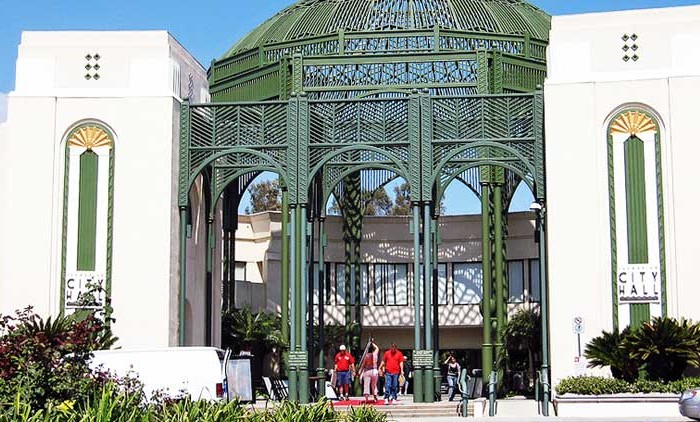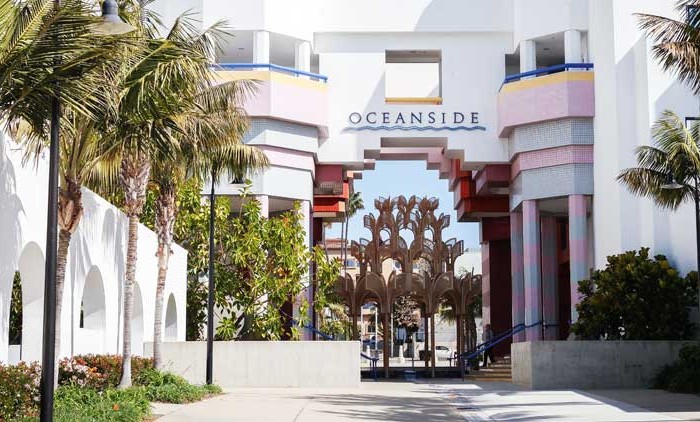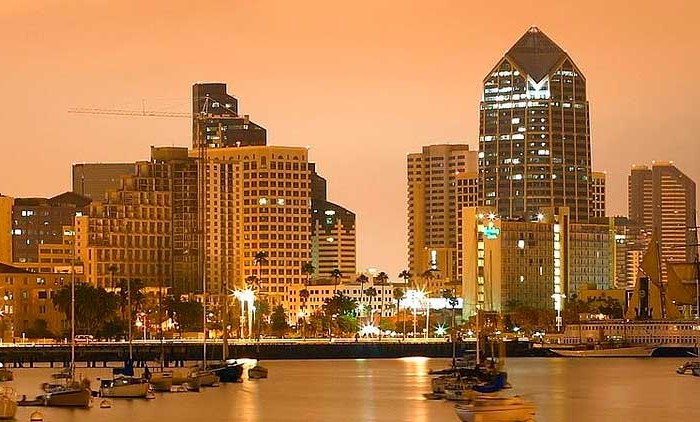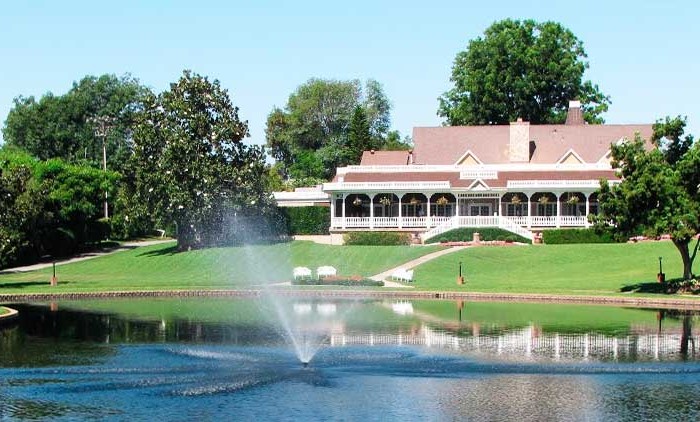Homes, condos and land for sale and rent in San Diego, CA
With an estimated population of 1,394,928 as of July 1, 2015, San Diego is the eighth-largest city in the United States and second-largest in California. It is part of the San Diego–Tijuana conurbation, the second-largest transborder agglomeration between the US and a bordering country after Detroit–Windsor, with a population of 4,922,723 people. San Diego has been called “the birthplace of California”. It is known for its mild year-round climate, natural deep-water harbor, extensive beaches, long association with the United States Navy, and recent emergence as a healthcare and biotechnology development center.
Historically home to the Kumeyaay people, San Diego was the first site visited by Europeans on what is now the West Coast of the United States. Upon landing in San Diego Bay in 1542, Juan Rodríguez Cabrillo claimed the area for Spain, forming the basis for the settlement of Alta California 200 years later. The Presidio and Mission San Diego de Alcalá, founded in 1769, formed the first European settlement in what is now California. In 1821, San Diego became part of the newly-independent Mexico, which reformed as the First Mexican Republic two years later. In 1850, California became part of the United States following the Mexican–American War and the admission of California to the union.
The original inhabitants of the region are now known as the San Dieguito and La Jolla people. The area of San Diego has been inhabited by the Kumeyaay people.
Spanish period
The first European to visit the region was Portuguese-born explorer Juan Rodríguez Cabrillo sailing under the flag of Castile. Sailing his flagship San Salvador from Navidad, New Spain, Cabrillo claimed the bay for the Spanish Empire in 1542, and named the site ‘San Miguel’. In November 1602, Sebastián Vizcaíno was sent to map the California coast. Arriving on his flagship San Diego, Vizcaíno surveyed the harbor and what are now Mission Bay and Point Loma and named the area for the Catholic Saint Didacus, a Spaniard more commonly known as San Diego de Alcalá. On November 12, 1602, the first Christian religious service of record in Alta California was conducted by Friar Antonio de la Ascensión, a member of Vizcaíno’s expedition, to celebrate the feast day of San Diego.
Mexican period
In 1821, Mexico won its independence from Spain, and San Diego became part of the Mexican territory of Alta California. In 1822, Mexico began attempting to extend its authority over the coastal territory of Alta California. The fort on Presidio Hill was gradually abandoned, while the town of San Diego grew up on the level land below Presidio Hill. The Mission was secularized by the Mexican government in 1833, and most of the Mission lands were sold to wealthy Californio settlers. The 432 residents of the town petitioned the governor to form a pueblo, and Juan María Osuna was elected the first alcalde (“municipal magistrate”), defeating Pío Pico in the vote. However, San Diego had been losing population throughout the 1830s and in 1838 the town lost its pueblo status because its size dropped to an estimated 100 to 150 residents. Beyond town Mexican land grants expanded the number of California ranchos that modestly added to the local economy.
American period
The state of California was admitted to the United States in 1850. That same year San Diego was designated the seat of the newly established San Diego County and was incorporated as a city. Joshua H. Bean, the last alcalde of San Diego, was elected the first mayor. Two years later the city was bankrupt; the California legislature revoked the city’s charter and placed it under control of a board of trustees, where it remained until 1889. A city charter was re-established in 1889 and today’s city charter was adopted in 1931.
The original town of San Diego was located at the foot of Presidio Hill, in the area which is now Old Town San Diego State Historic Park. The location was not ideal, being several miles away from navigable water. In 1850, William Heath Davis promoted a new development by the Bay shore called “New San Diego”, several miles south of the original settlement; however, for several decades the new development consisted only a few houses, a pier and an Army depot. In the late 1860s, Alonzo Horton promoted a move to the bayside area, which he called “New Town” and which became Downtown San Diego. Horton promoted the area heavily, and people and businesses began to relocate to New Town because of its location on San Diego Bay convenient to shipping. New Town soon eclipsed the original settlement, known to this day as Old Town, and became the economic and governmental heart of the city. Still, San Diego remained a relative backwater town until the arrival of a railroad connection in 1878.
The city lies on approximately 200 deep canyons and hills separating its mesas, creating small pockets of natural open space scattered throughout the city and giving it a hilly geography. Traditionally, San Diegans have built their homes and businesses on the mesas, while leaving the urban canyons relatively wild. Thus, the canyons give parts of the city a segmented feel, creating gaps between otherwise proximate neighborhoods and contributing to a low-density, car-centered environment. The San Diego River runs through the middle of San Diego from east to west, creating a river valley which serves to divide the city into northern and southern segments. The river used to flow into San Diego Bay and its fresh water was the focus of the earliest Spanish explorers. Several reservoirs and Mission Trails Regional Park also lie between and separate developed areas of the city.
As of the Census of 2010, there were 1,307,402 people living in the city of San Diego. That represents a population increase of just under 7% from the 1,223,400 people, 450,691 households, and 271,315 families reported in 2000.[94] The estimated city population in 2009 was 1,306,300. The population density was 3,771.9 inhabitants per square mile (1,456.3/km2). The racial makeup of San Diego was 45.1% White, 6.7% African American, 0.6% Native American, 15.9% Asian (5.9% Filipino, 2.7% Chinese, 2.5% Vietnamese, 1.3% Indian, 1.0% Korean, 0.7% Japanese, 0.4% Laotian, 0.3% Cambodian, 0.1% Thai). 0.5% Pacific Islander (0.2% Guamanian, 0.1% Samoan, 0.1% Native Hawaiian), 12.3% from other races, and 5.1% from two or more races. The ethnic makeup of the city was 28.8% Hispanic or Latino (of any race); 24.9% of the total population were Mexican American, and 0.6% were Puerto Rican.
As of December 2012, San Diego has the third-largest homeless population in the United States; the city’s homeless population has the largest percentage of homeless veterans in the nation. The population of homeless veterans in San Diego has been reduced to 1,150 people in 2016, from 2,100 in 2009.
In 2000, the median income for a household in the city was $45,733, and the median income for a family was $53,060. Males had a median income of $36,984 versus $31,076 for females. The per capita income for the city was $23,609. According to Forbes in 2005, San Diego was the fifth wealthiest U.S. city but about 10.6% of families and 14.6% of the population were below the poverty line, including 20.0% of those under age 18 and 7.6% of those age 65 or over. Nonetheless, San Diego was rated the fifth-best place to live in the United States in 2006 by Money magazine.
San Diego has high real estate prices. As of May 2015 the median price of a house was $520,000. However, since February 2016 the median home price has dropped to $455,000. The San Diego metropolitan area had one of the worst housing affordability of all metropolitan areas in the United States.
Consequently, San Diego has experienced negative net migration since 2004. A significant number of people moved to adjacent Riverside County, commuting daily to jobs in San Diego, while others are leaving the region altogether and moving to more affordable regions.
San Diego home prices peaked in 2005, and then declined along with the national trend. As of December 2010, prices were down 36 percent from the peak. The median home price declined by more than $200,000 between 2005 and 2010.
Other cities in San Diego county
Escondido Real estate for sale and rent
Homes, condos and land for sale and rent in Escondido, CA Escondido is a city located in San Diego County's North County region, 30 miles (48 km) northeast of Downtown San Diego, California. The city [...]
Oceanside Real estate for sale and rent
Homes, condos and land for sale and rent in Oceanside, CA Oceanside is a coastal city located on California's South Coast. It is the third-largest city in San Diego County, California. The city had a [...]
San Diego Real estate for sale and rent
Homes, condos and land for sale and rent in San Diego, CA San Diego (Spanish for "Saint Didacus") is a major city in California, United States. It is in San Diego County, on the coast [...]
Fallbrook Real estate for sale and rent
Homes, condos and land for sale and rent in Fallbrook, CA Fallbrook is an unincorporated community in northern San Diego County, California. The Fallbrook census-designated place (CDP) population was 30,534 at the 2010 census, up [...]




